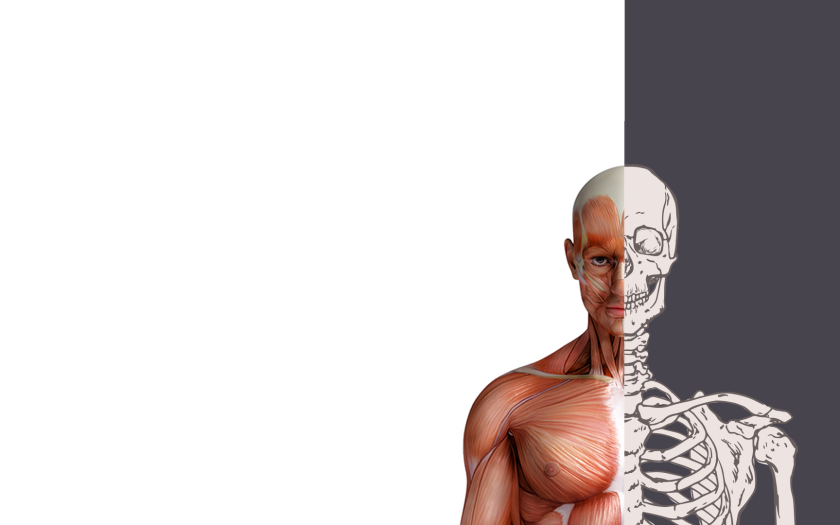-
Maintain optimal body weight.
Excess weight increases the risk of muscle and joint injuries, as a significant force is exerted on them during unsuccessful movements (such as stumbling or slipping). Two of the most common spine conditions that can result from excess weight are spinal osteoarthritis and degeneration of intervertebral discs, leading to intervertebral hernia. Osteoarthritis occurs when the discs between the vertebrae in the spine wear down. This process naturally occurs over time but can be accelerated if the joints in the spine are misaligned or at elevated pressure on the discs. Excess weight can contribute to both conditions.
Degeneration of intervertebral discs and the formation of disc herniation can also be caused by obesity. Between each vertebra of the spine is a disc. These discs consist of a tough fibrous ring filled with fluid. This construction allows them to act as shock absorbers, preventing the rubbing of the bony vertebrae against each other and resisting compressive forces. For pain symptoms, doctors prescribe medications (Reactin-100 SR) to alleviate the condition.
Over time, the outer layer of discs may begin to dry out and crack. Disc degeneration can lead to the leakage of the inner fluid, reducing the discs’ ability to resist loads, and ultimately, the disc wears out, causing the vertebrae to come into contact with each other. When fluid passes through cracks in the outer disc shell, a herniation occurs. Excess weight forces the intervertebral discs to endure increased daily stress. This leads to more rapid disc deterioration and accelerates the degeneration process.
But, insufficient body weight and a delicate stature also adversely affect musculoskeletal system health. Low body weight and reduced muscle tissue, which normally help reduces stress on bones and joints, are considered important risk factors for osteoporosis development. Thus, it is important to maintain optimal body weight for your height.
-
Supply the body with necessary components.
For the normal functioning of the musculoskeletal system, the human body must be supplied with necessary components. Vitamin D and chemical elements such as calcium, phosphorus, and magnesium ensure bone strength. Including dairy products, cereals, nuts, and leafy vegetables in the diet provides these essential components to the body.
Sulfur is necessary for the health of cartilage tissue. This micronutrient is found in eggs and certain vegetables (such as cabbage, turnips, onions, and garlic). Gelatin is also beneficial for joints. This substance, a derivative of the most important protein collagen, makes cartilage strong and elastic. Including jelly, low-fat aspic, and fish aspic in the menu is beneficial.
Muscles are built from proteins, which in their turn are made up of amino acids. To obtain these amino acids, the diet should include protein products of plant and animal origin. The body can obtain them from fish, meat, dairy products, eggs, legumes, and nuts.
Special compounds called proteoglycans play a key role in the intracellular matrix of joints. They consist of proteins and carbohydrates and are responsible for retaining water and cellular interaction. The most “famous” representatives of proteoglycans are chondroprotective agents. Chondroitin is a kind of additional raw material for healthy cartilage. Chondroitin improves the production of other proteoglycans and collagen, while hyaluronic acid protects against unnecessary breakdown. Additionally, chondroitin ensures normal viscosity of synovial fluid, the speed of cartilage tissue regeneration, and the “extinction” of inflammations. It is recommended to take supplements (Arthroblock forte) containing chondroitin and glucosamine.

